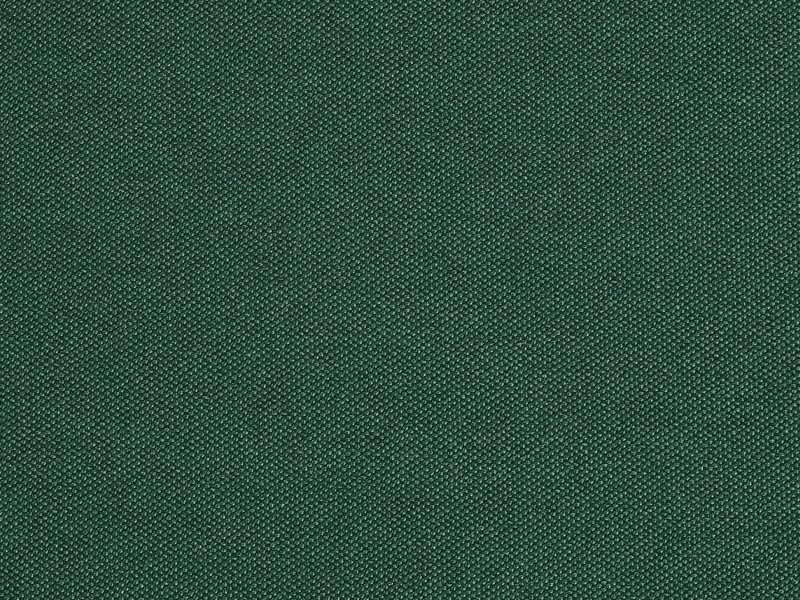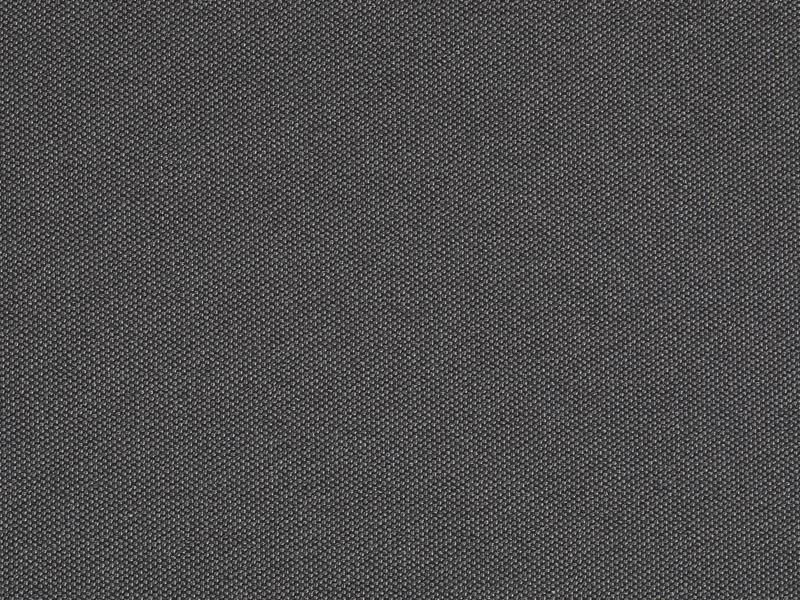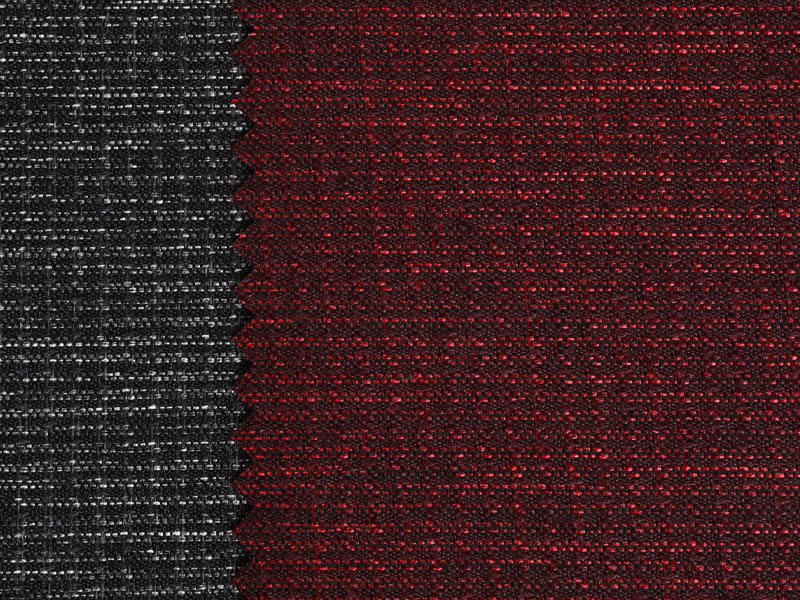The Science Behind Advanced Sofa Fabrics
Posted by Admin
Wholesale blue fabric sofa Factory
In today’s modern world, the quest for durable and aesthetically pleasing furniture has led to groundbreaking advancements in sofa fabric technology. Sophisticated sofa fabrics are now engineered with remarkable attributes, such as heat resistance and stain repellency, revolutionizing how we experience comfort and functionality in our living spaces. The evolution of sofa fabrics represents a blend of scientific innovation and practical design, offering a glimpse into how modern technology can enhance everyday life.
Sofa fabric plays a crucial role in the overall performance and appearance of furniture. Historically, the selection of sofa fabric was often limited to aesthetics and basic durability. However, as consumer expectations have evolved, so too has the technology behind sofa fabrics. Today’s advanced sofa fabrics are not only designed for visual appeal but also to meet high standards of performance, particularly in terms of heat resistance and stain repellency.
Heat-resistant sofa fabrics are a testament to the ongoing innovation in material science. These fabrics are engineered to withstand high temperatures without compromising their integrity or appearance. The science behind heat resistance in sofa fabric involves the incorporation of specialized fibers and treatments that prevent deformation or damage under heat exposure. For instance, synthetic fibers like polyester and nylon are often treated with heat-resistant coatings or blended with natural fibers to enhance their thermal stability. This ensures that the sofa fabric retains its shape and color even when exposed to sources of heat, such as sunlight or heated beverages.
Moreover, heat-resistant sofa fabrics are particularly beneficial for households with active lifestyles or those who frequently entertain guests. The ability to withstand heat not only prolongs the life of the sofa but also reduces the need for frequent maintenance or cleaning. This makes heat-resistant sofa fabrics a practical choice for modern living environments where functionality and durability are paramount.
In addition to heat resistance, stain repellency is another critical attribute of advanced sofa fabrics. Stain-repellent sofa fabrics are engineered to resist the absorption of liquids and prevent stains from setting into the fibers. The science behind stain repellency involves the application of specialized finishes or treatments that create a protective barrier on the surface of the fabric. These treatments often use nanotechnology to create a microscopic shield that repels liquids and prevents them from penetrating the fabric.
Stain-repellent sofa fabrics are especially advantageous in homes with children or pets, where spills and accidents are common. The ability to easily wipe away stains without leaving a trace not only maintains the appearance of the sofa but also enhances its longevity. This innovative feature of sofa fabric technology significantly reduces the time and effort required for cleaning and maintenance, providing a more convenient and hassle-free experience for homeowners.
The development of heat-resistant and stain-repellent sofa fabrics represents a significant advancement in upholstery technology. These fabrics are designed to address common challenges faced by traditional sofa materials, offering improved performance and durability. The integration of advanced fibers and treatments in sofa fabric technology allows for the creation of products that meet the evolving needs and preferences of consumers.
One notable example of advanced sofa fabric technology is the use of microfibers. Microfiber sofa fabrics are known for their exceptional stain resistance and heat resistance. These fabrics are composed of extremely fine fibers that are tightly woven to create a dense and durable material. The microfiber structure not only enhances the fabric’s ability to repel stains but also contributes to its heat-resistant properties. This makes microfiber an nice choice for high-traffic areas where both durability and easy maintenance are essential.
Another innovative approach in sofa fabric technology is the use of hydrophobic treatments. These treatments are applied to the fabric to create a water-repellent surface that prevents liquids from penetrating the fibers. Hydrophobic treatments are particularly effective in protecting sofa fabrics from spills and stains, ensuring that the fabric remains clean and visually appealing over time. The application of these treatments is a testament to the ongoing efforts to enhance the functionality of sofa fabrics and meet the demands of modern living.
The advancements in sofa fabric technology extend beyond heat resistance and stain repellency. Many modern sofa fabrics also incorporate features such as fade resistance, abrasion resistance, and antimicrobial properties. These additional attributes further enhance the overall performance and longevity of the fabric, making it a versatile and practical choice for a variety of applications.
In conclusion, the science behind advanced sofa fabrics reflects a remarkable evolution in upholstery technology. Heat-resistant and stain-repellent sofa fabrics represent a significant leap forward in material science, offering consumers a blend of durability, functionality, and aesthetic appeal. The integration of specialized fibers, treatments, and finishes in sofa fabric technology addresses common challenges and enhances the overall experience of owning and maintaining furniture. As technology continues to advance, we can expect even more innovations in sofa fabric design, further improving the way we live and interact with our living spaces. The ongoing evolution of sofa fabrics not only enriches our daily lives but also highlights the incredible potential of scientific innovation in transforming everyday objects into sophisticated and functional pieces of art.

 English
English Français
Français Español
Español عربى
عربى Tiếng Việt
Tiếng Việt












